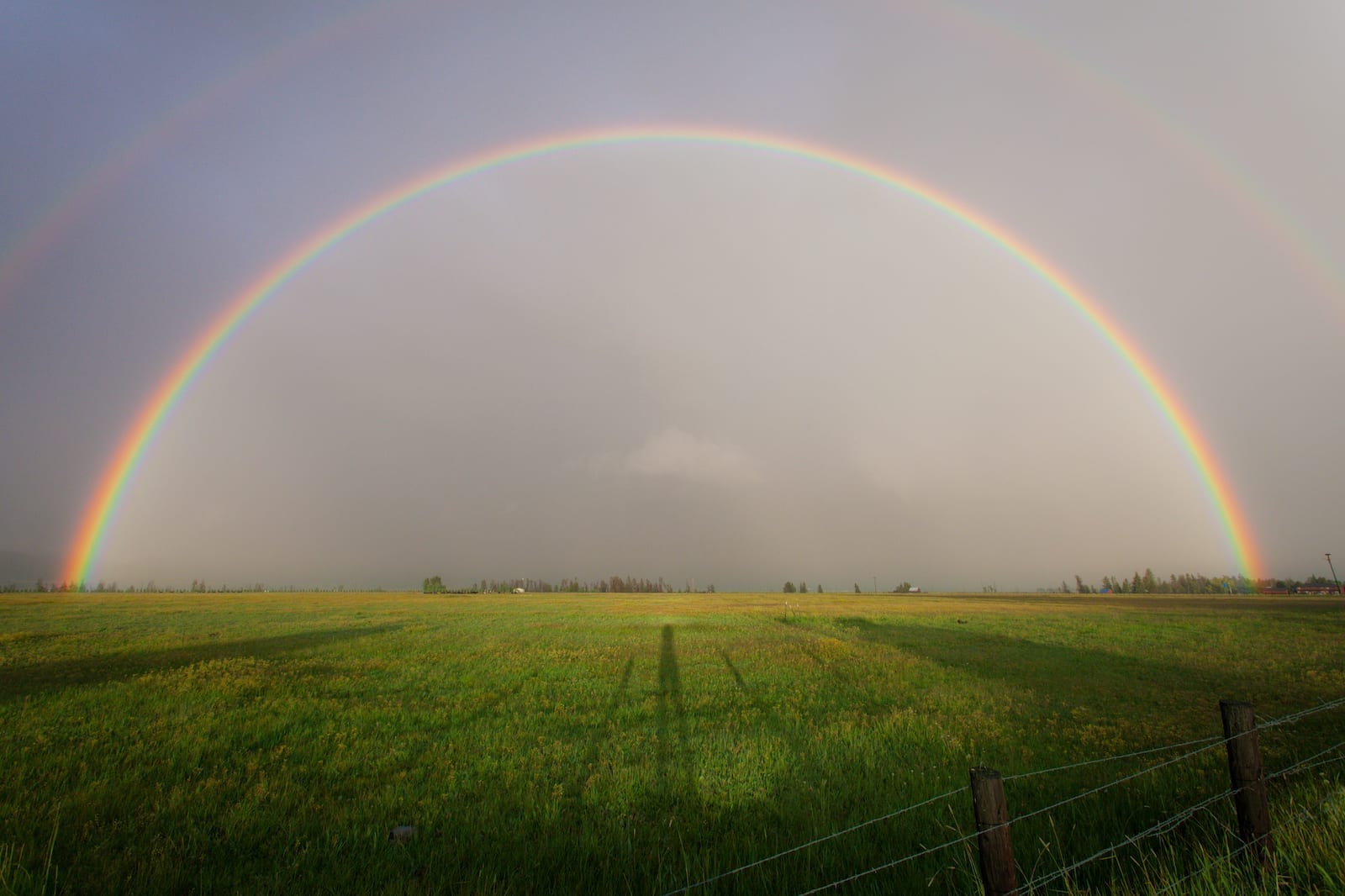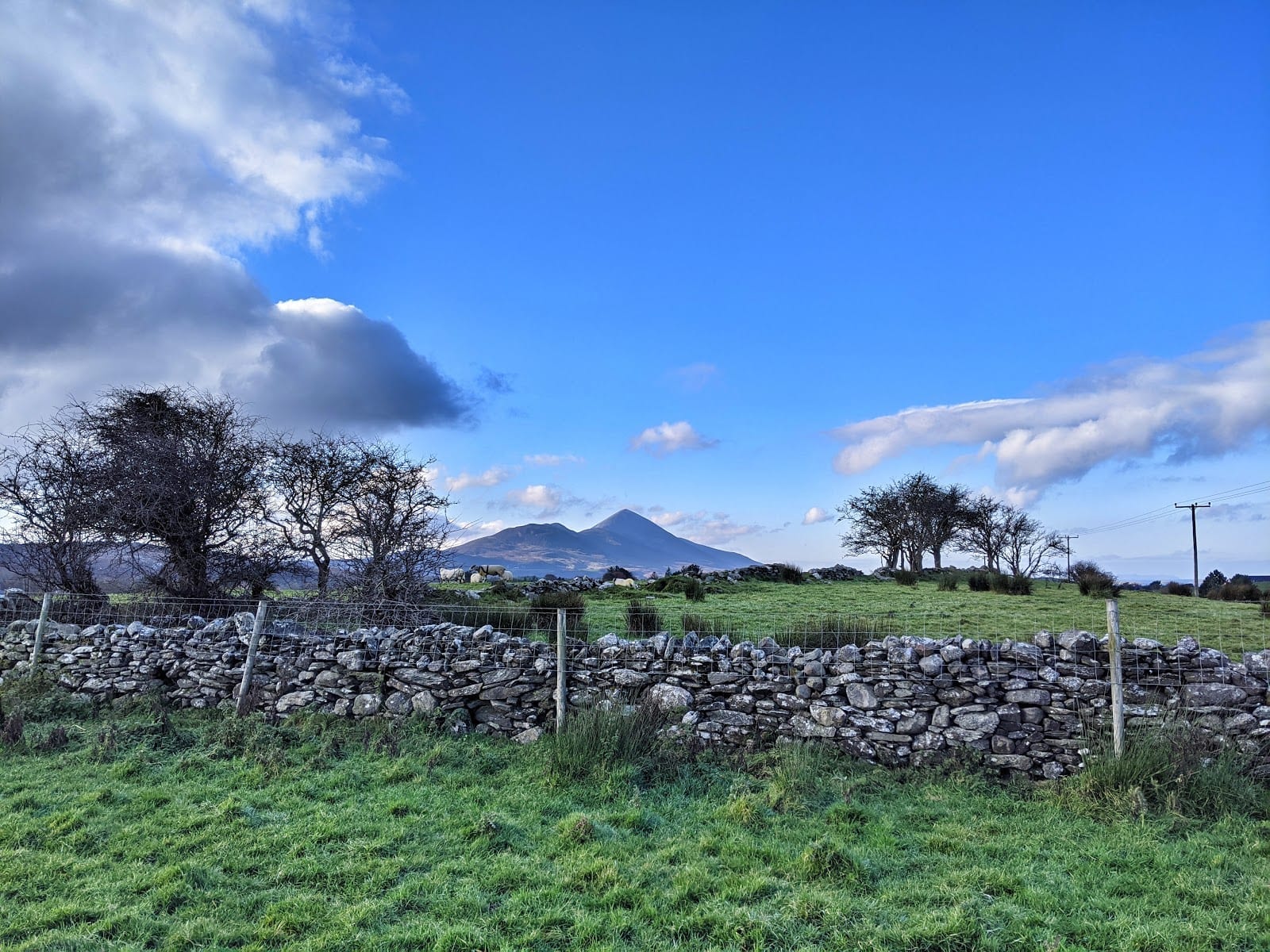
An Irish Autumn is a closing curtain. Watching winter creep closer every day amidst evergreen horizontal rain, people search for time to soak up sunshine spots like they drop candy from the sky. They are divine, as every hour of precious space between drooping grey curtains brings small salvation. An afternoon rainbow or raindrop sheen across green fields are not strangers but, like the Irish, are inclined to vanish without warning.
Many know the brilliant surprise in greeting a spring day to see a choir of flowers opening for sunlight after a long winter. Well, Irish fields hold an encore at Autumn’s close. Just as flowers open to sing with Spring sunshine, fungi rise between tufts of grass and cling to tree bark as a last gasp before winter. And I learned a few things while hunting for them.
Clearing up misconceptions
Now, let’s get a few things cleared up about mushroom foraging because I, too, heeded my mother’s warning never to eat a wild mushroom. Yes, mushrooms are difficult to identify as each species may have 20 variants depending on the subtlest environmental factors. Between gill color, shape, nipples, scales, and something called an annulus, using a little intuition and a guide are essential. All that aside, I lived to tell the tale.
Some mushrooms have psychedelic components that allow the consumer to commune with the cosmos, laugh with the great logos, and ascend an Axis Mundi, but very few mushrooms have this feature. Perhaps, that is for the best. There are already too many psychedelic Sallys and consciousness Carls blowing smoke around holiday dinner tables.
But just as rare as the mushrooms that shoot you into the spirit realm are those that will send you 6 feet deep. Most are nutritionless, inert, or too bitter to consume in large enough quantities to meet your maker and are more likely to tighten your stomach than unfold your sixfold knot. The ones that are really deadly look a lot like the radiant toads – eater beware.
Now the mushroom we see is only the reproductive part of a vast network of mycelium extending for miles within a single yard. Ireland’s old forests may be nearly gone but between blades of grass and within the first inches of soil is a world waiting to be discovered. White fungi caps or radial oyster gills were just our invitations.
Risks and edibility aside, though, I found foraging to be a gateway to connect with nature on a physical and spiritual level. It opened up a connection to curiosity and natural wonder that remained locked for some time. Terrance McKenna readers and 3rd-year college students may say that we can save the planet by giving everyone psychedelic mushrooms. I think all we have to do is look for them.
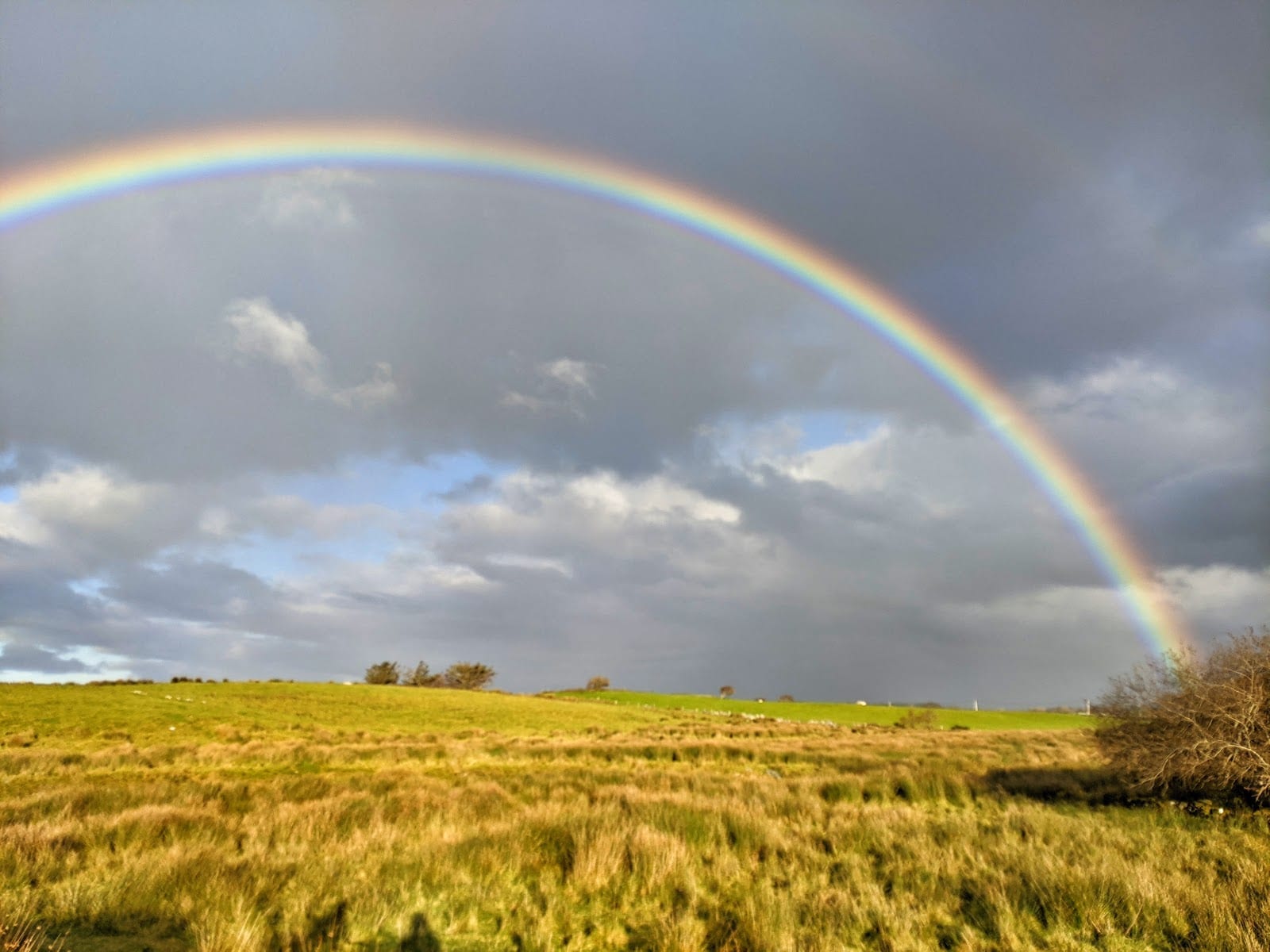
A fence from lockdown
On the first day, we followed a rumor. So and so walked across a nameless field and happened across pockets of mushrooms popping up between puffs of grass as nearby sheep watched chewing their cud. “So, we’ll pop up that way and have a look around.” He said. “Bring a few yokes for if we happen upon a patch.”
We were deep in Ireland’s second COVID lockdown and its weight worsened with the weather. The second wave was a gut punch that few people in my rural area needed or wanted. All pubs and shops closing, though, mattered very little as money already fell through hands like sand. Still, two fences hopped and none of that gloom surrounded us anymore. Just verdant fields home to the occasional sheep nibbling between reeds.
I don’t recall whether we found any fungi on the first day, but I remember the laughter. I remember sharing old stories – each one more twisted than the next. In that old Irish way, the products of work mattered less than the thoughts and energy shared between passing moments.
My great uncle made a small living herding sheep and turf-cutting in the hills of Donegal. In damp wool, he and a few friends would walk into the barren bog to cut through the sphagnum moss with a turf spade or Sléan: (Shl-awn). After stacking and drying for a few weeks, the dried peat logs turned into warm hearths and a few pounds. I am lucky not to know hard labor as he did, but while foraging I happened upon some ancestral chord that remained silent while I was slouched over the computer or carried away by culture.
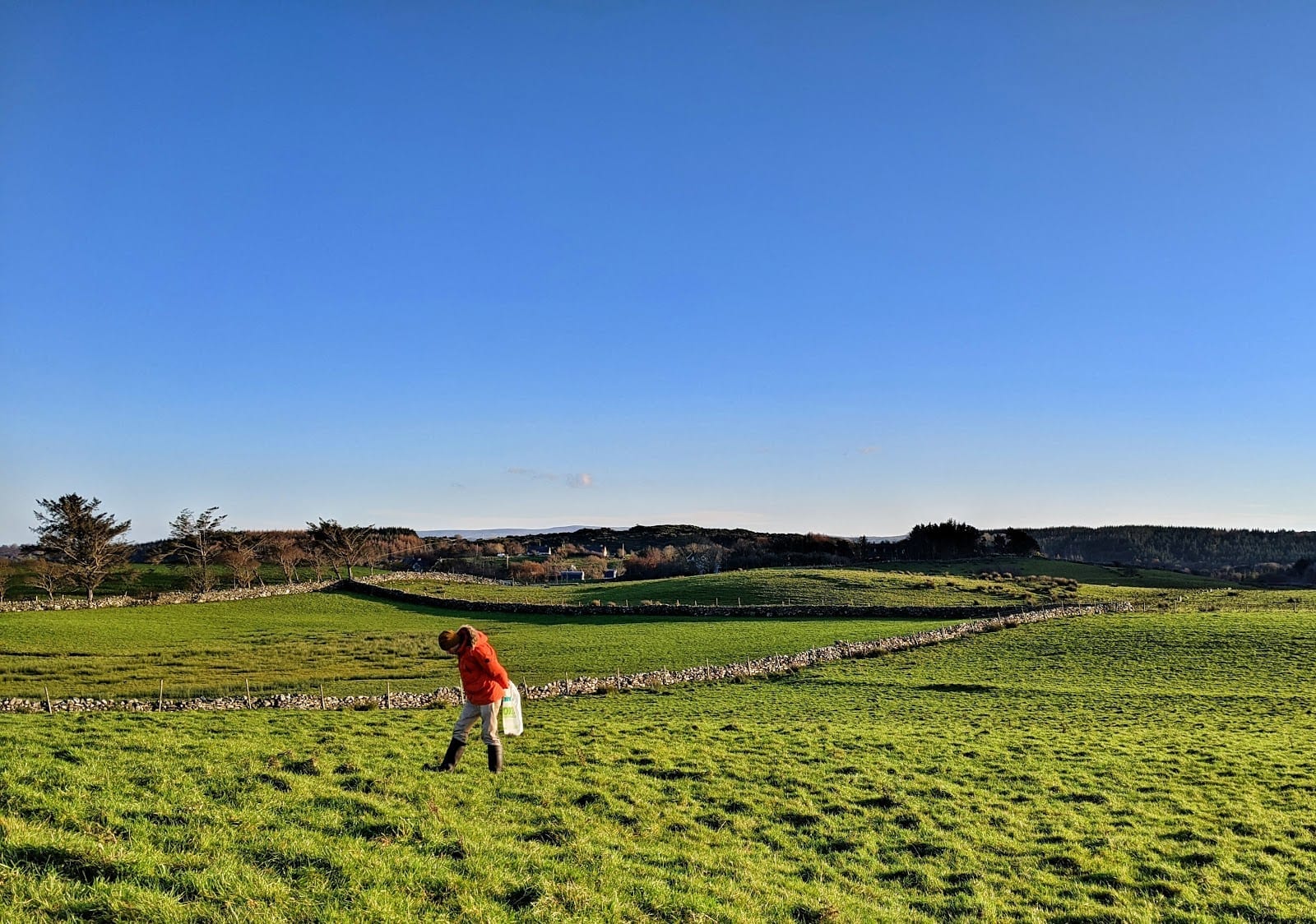
“There’s a pretty one!”
The morning sun burned through the clouds on another Autumn day, and, where there is a morning light after no frost, we knew they were out there. This time a little group gathered near the gate, ready to jump the fence and into the mushroom’s world. Over one fence, across rocks in a wet bog, a stumble on a rock wall collapsed with a miss-step and us into laughter. We spread out on our own strings walking low to the ground. Arms clasped behind our backs, peering between green for any peeks.
An Irish hare sprung from the roots of a Hawthorne row. An animal older than the Irish culture itself and a sign of fertility, fecundity, abundance.
“There’s a pretty one!” One said, holding a small field mushroom like the philosopher’s stone.
Picking mushrooms is not like pulling a carrot or turning the ground for potatoes. At a soft white cap or mere intuition, you comb cold fingers through a patch of grass like tousling hair. Then pull apart the grass from the stem before, as if asking for permission, a light tap on the cap to drop spores and a gentle release from the softest grip. When one of us stumbled upon a string of mushrooms, the silence spoke that the picking is addicting.
The scene was primordial and timeless as hours passed like minutes. Half a dozen of us moving at a slow, meditative pace careless of the bands of rain which would frequent our foraging. Without a plan or course of action, and better without it, a string of successful, edible identifications led to more intrigue and more profound curiosity. “Wow, check out the color on this cap!” “This one is good for anxiety, or so it says.” A cornucopia of pharmacological remedies like mother nature’s medicine cabinet.
As rainbows stretched between bands of rain, our interest expanded to examine nearby plants and trees and the soil conditions. Not a cell phone in sight but without any need. Observations turned into patterns and a sense that these conditions were more than just coincidence but, perhaps, natural intelligence. Each shape is more divine and mysterious than the last.
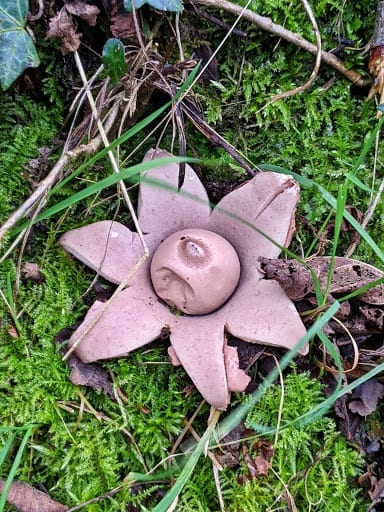
Earthstar mushroom
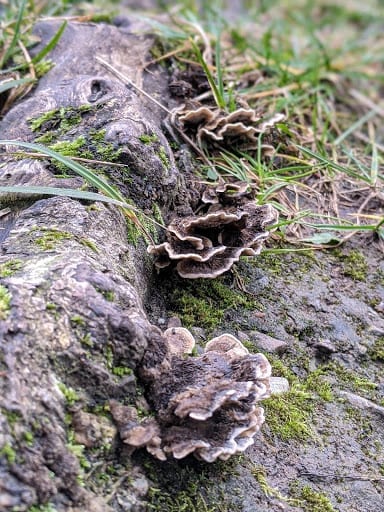
Some mushrooms in the Turkeytail family… maybe.
Finding the Child Mind
“It’s sort of like looking for Pokemon.” One said.
On that pristine, pesticide-free land, we were not just takers, for once, but foragers fulfilling a sacred symbiosis between man and fungi. (Oh boy… here he goes.) The farmer cares for the sheep and leaves the land as wild as possible. Sheep spread manure and nurture the soil for the mycelium spread. We come along and gather nature’s ancient remedies for modern ailments and, in turn, spread spores far and wide for a better, more bountiful harvest next year.
I’m convinced that this childlike searching is worth more than anything we find. Regardless of our reusable packaging, composting, or environmental activism, it remains challenging for people to rectify an essential moral contradiction. Anyone who becomes knowledgeable about our environment realizes that our very existence is an extractive, destructive relationship with our beautiful planet no matter how much we love it. Being informed can fill our hearts with well-intentioned sourness. For a while I felt this but getting out there to feel the earth reminded me that it will survive long after us and to be grateful at just having walked it. It is a shared heritage and that the smallest change can have unforeseen impact.
We’re lucky we gave those gifts to the fairies. When abundance and luck seem to be on your side, it’s best not to test two things: fate and fairies.
A lot can be written about the Irish relationship with land through their folklore. Some believe and some cannot be bothered. Let it be known simply that sometimes they may move an entire roadway for a fairy bush. This may sound ridiculous until you hear about the consequences of destroying a fairy fort. I heard the stories, oral history, and walked the land long enough with a local Celtic Shaman and seanchaí (oral historian) to know that it is best to give gifts back to the field fairies if I want to continue to enjoy the spot. The American side of my brain wants nothing to do with this, but my heart wants to believe and my feet on Irish soil tell me to give up the damn orange.
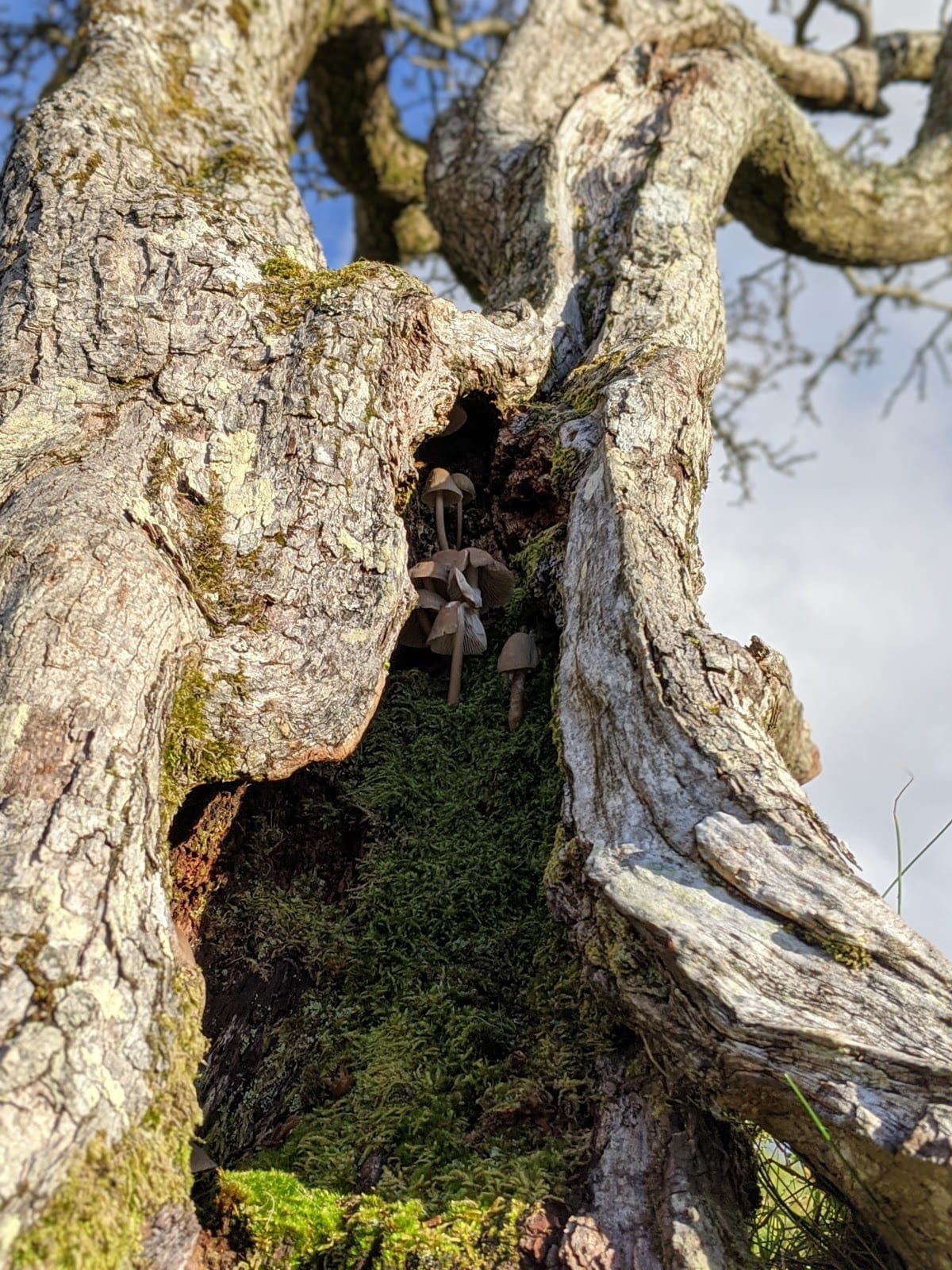
Fairy caps on a Hawthorn tree
In Irish folklore the gateway to the Fairy world is between a blackthorn and a whitethorn tree. Our foraging grounds were surrounded by hawthorne trees, so I brought along a few pieces of fruit as an offering to the land. Having gathered an abundance the day before, nobody hesitated to pick up trash and spread some apples and oranges wherever their heart pulled them. Simple as that and we and the land were all the better for it.
More than anything, though, it’s a small ritual to deepen a connection with the land and remind us not to take more than we need. Nonetheless, when the dampening wind allowed us to crane our necks away from the grass, what did we see but a perfect rainbow arching across the sky. (You couldn’t write this stuff in children’s books; it’s too cheesy.) Then holding a nearly full basket of fungi my friend said: We’re lucky we gave those gifts to the fairies.
Until next Fall
Are we restoring magic to the land through ritual or acknowledging what was already there? An answerless question, and I wonder if it’s better to only report what I see, hear, touch.
One thing is for sure. I saw my friends change while foraging as if they were under a sort of spell. Different topics of conversation, concerns, and more than a bit of craic (fun) once over a couple fences and wandering to see what nature presented us. Our experience gives me hope for a shift in thinking towards seeing ourselves as part of something more significant and humbly resolve to witness more than provoke; give more than take. Dramatic changes can have simple beginnings.
I have no idea where ancient land rituals, natural medicine, and foraging will take us, but it cannot be worse than where we already are. Nevermind the extractive dominating relationship with natural resources, if a little wander can free some of us from financial and material concerns, then others may start to see the larger world in a different way by examining the ground. Perhaps no surprise that a course correction to land reverence could start with a humble and overlooked keystone organism. It may just start with mushrooms.
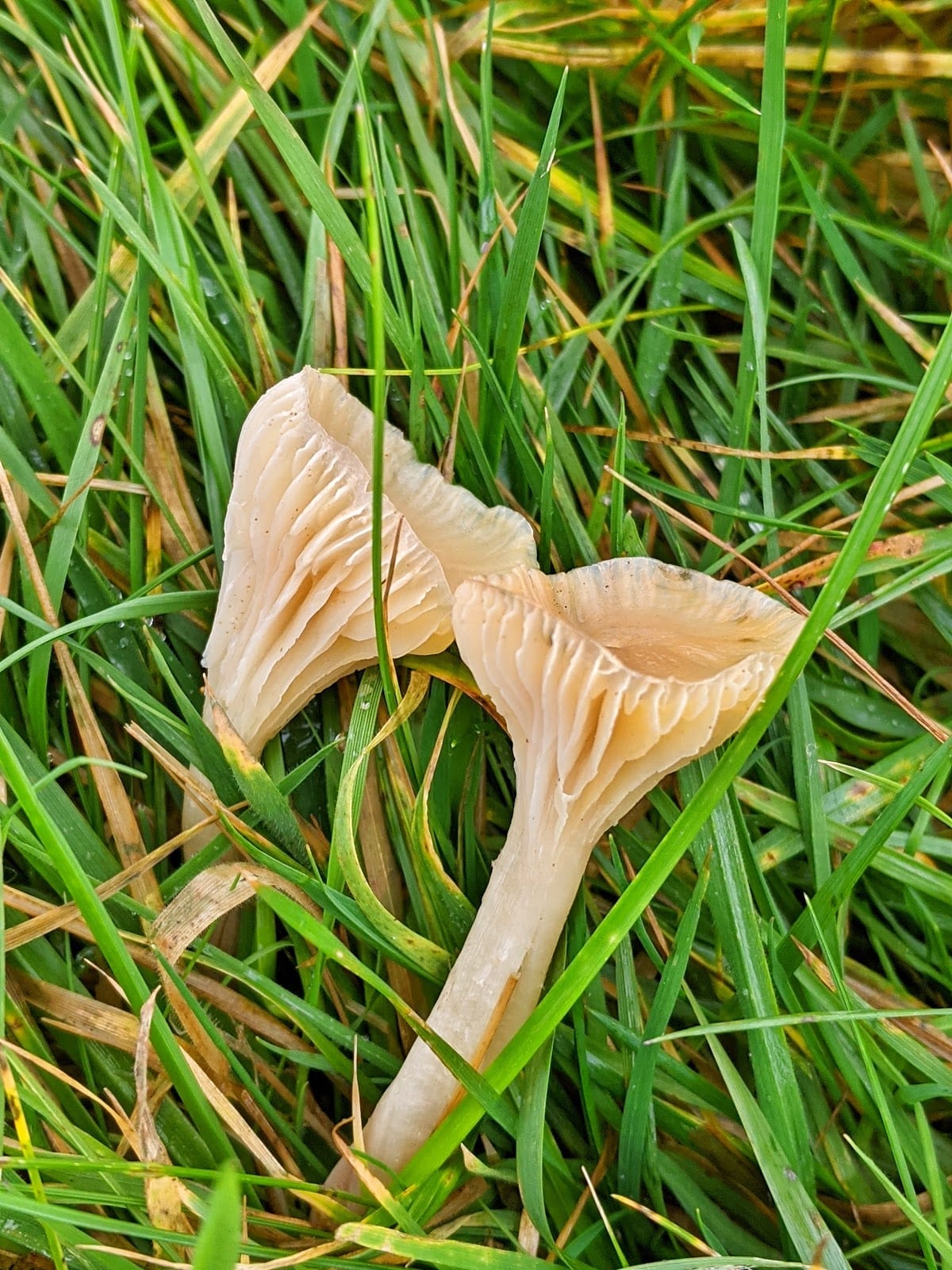
Two trumpets

